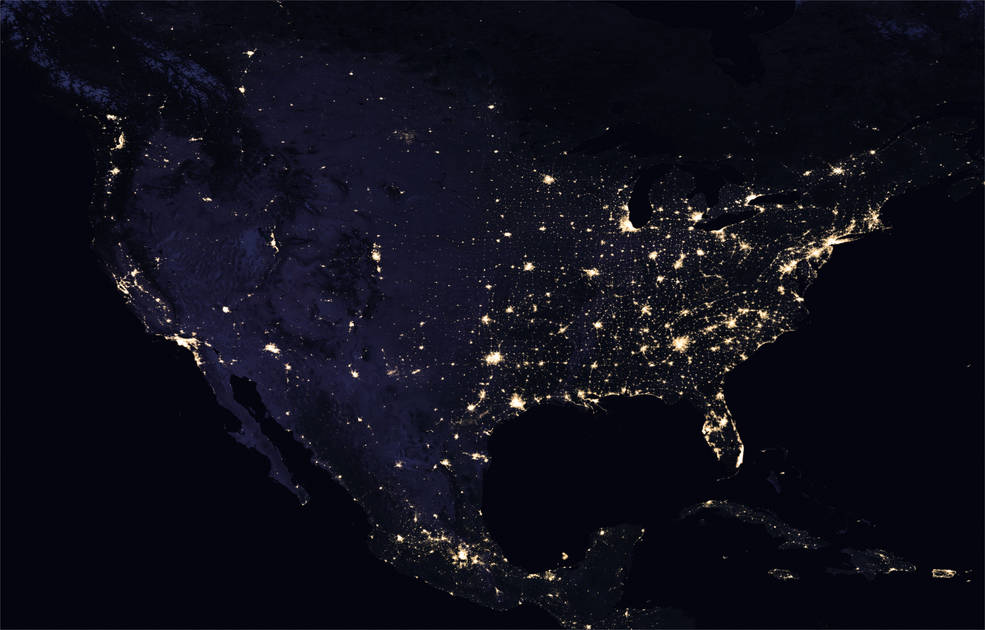
ESA adds high-res Copernicus Sentinel data to Open Access warehouse
 The European Space Agency has been sharing images, videos and other contents with the scientific community, geospatial industry, media and the general public for over two decades now. But it was only earlier this year that the agency bolstered its commitment to openness by adopting an Open Access policy for its vast amount of content and information, such as, imagery, videos and select datasets.
The European Space Agency has been sharing images, videos and other contents with the scientific community, geospatial industry, media and the general public for over two decades now. But it was only earlier this year that the agency bolstered its commitment to openness by adopting an Open Access policy for its vast amount of content and information, such as, imagery, videos and select datasets.
And now, ESA has announced the inclusion of all high-resolution Copernicus Sentinel satellite stills and animations into the open repository that already includes EO data from Envisat and Earth Explorers, Rosetta images, Hubble images and video, and the Planetary Science Data Archive.
The very ambitious earth observation program, Copernicus, is spearheaded by the European Commission in partnership with ESA, who develops, builds, flies and operates the Sentinel family of satellites and missions. ESA has been releasing this data under the Creative Commons IGO licensing scheme.
It’s important to note that in the first phase of this Open Access policy, ESA is only releasing the material which it owns fully or for which third-party usage rights have already been obtained. The images, videos and content which are produced with the help of partner agencies are not being released here.
But why Open Access?
The interest of the people at large in earth observation and location technologies has been increasing of late. And ESA wants to provide more insight to the taxpayers who fund the agency’s activities. According to ESA Director General Jan Woerner, “This evolution in opening access to ESA’s images, information and knowledge is an important element of our goal to inform, innovate, interact and inspire in the Space 4.0 landscape.”
For Marco Trovatello, who’s taking care of the Creative Commons project for ESA, says, “Free and open access to ESA’s knowledge, information and data are a cornerstone regarding our link with the larger public and user communities and will thus contribute to societal benefit.”
ESA plans to keep adding more data to Open Access as and when it becomes available. You may access the data already made available by ESA here.
Did you like the article? Read more and subscribe to our monthly newsletter!










